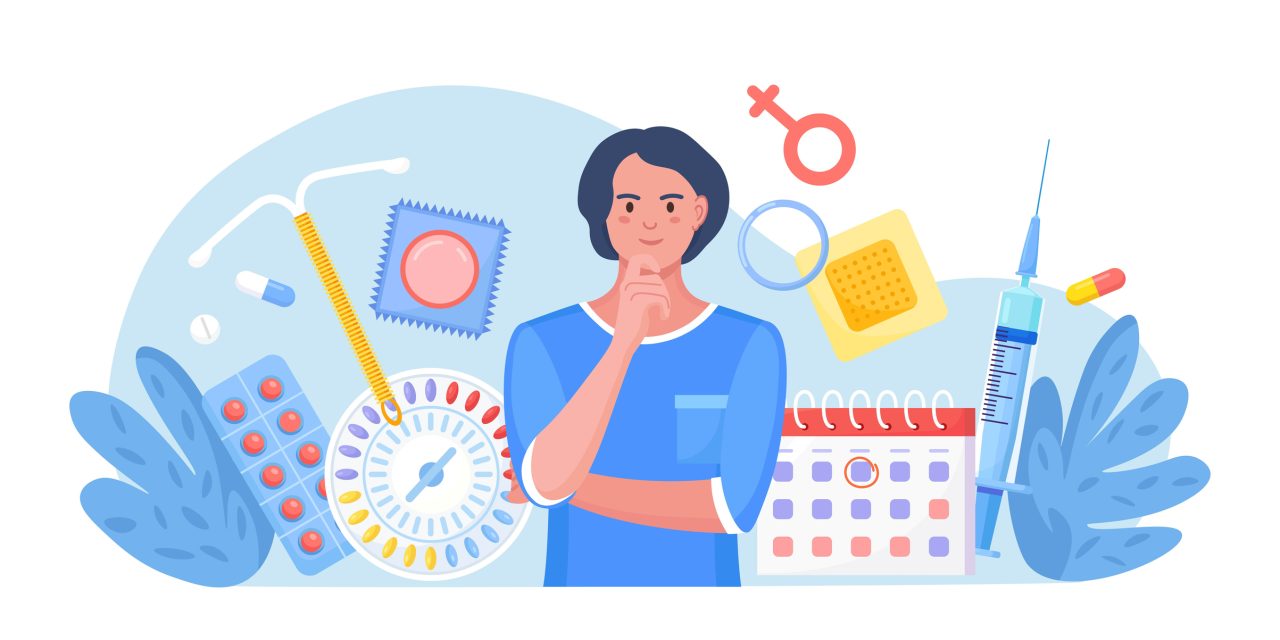Most breast cancer cases in Ghana occur in premenopausal and perimenopausal (PPM) women. This study evaluated the cost-effectiveness of tamoxifen compared with no tamoxifen for the adjuvant treatment of hormone receptor-positive (HR+) early breast cancer (EBC) among PPM Ghanaian women.
A Markov model was constructed to synthesize data on the effectiveness, costs, and health benefits of tamoxifen. Effectiveness and utility data were sourced from a literature review. Resource use and healthcare costs were estimated from Ghanaian sources. The evaluation was conducted in 2017 from the perspective of the health system over a 15-year time horizon. The financial impact of funding tamoxifen on Ghana’s National Health Insurance Scheme (NHIS) was also estimated.
Adjuvant tamoxifen treatment for women with HR+ EBC was more effective and more costly than no-tamoxifen therapy. The incremental benefit and costs were estimated to be 1.38 quality-adjusted life-years gained and Ghana cedis (GHC) 2338 ($520), respectively. The incremental cost-effectiveness ratio was estimated to be GHC 1694 ($376). The model was sensitive to the cost of tamoxifen and utility values. The cost of tamoxifen for the treatment of HR+ EBC represents less than 0.01% GHC 96 960 ($21 547) of the current NHIS total claims expenditure.
Tamoxifen provides additional benefits to PPM Ghanaian women with HR+ EBC and is cost-effective compared with no tamoxifen. These results support the public funding of tamoxifen under the NHIS and provide Ghanaian policy makers with vital information for future budgetary planning.
Copyright © 2021. Published by Elsevier Inc.
The Cost-Effectiveness of Adjuvant Tamoxifen Treatment of Hormone Receptor-Positive Early Breast Cancer Among Premenopausal and Perimenopausal Ghanaian Women.


